Syn.: Anemia californica Nutt., Anemia intermedia Copel. ex M. E. Jones, Anemopsis bolanderi C. DC., Anemopsis ludovicisalvatoris Willk., Aponogeton involucratus Sessé et Moc., Hemianemia intermedia (Copel. ex M. E. Jones) C. F. Reed, Houttuynia bolanderi (C. DC.) Benth. et Hook. f., nom. inval., Houttuynia californica (Nutt.) Benth. et Hook. f. ex S. Watson
Family: Saururaceae Rich. ex T. Lestib.
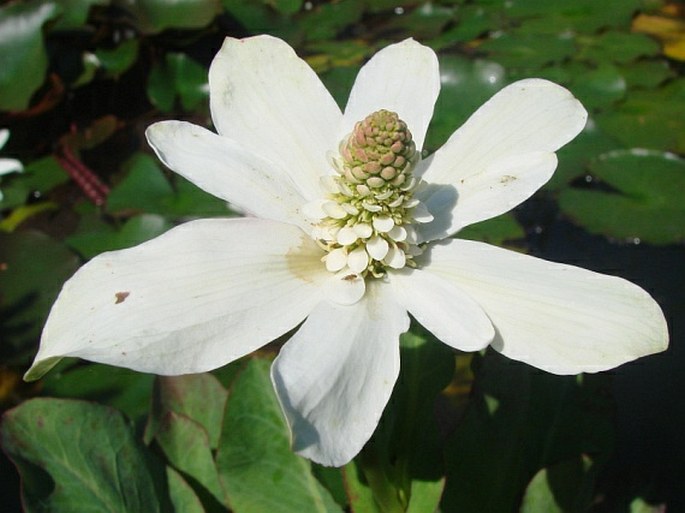
Distribution: North American species, native to the Southwest of the United States and northern Mexico – from western Texas to Oregon, California and northern Sonora. The genus is monotypic.
Ecology: It grows in marshy areas, along streams, from sea level up to 2000 m asl. Blooms from spring until summer.
Description: Perennial herb, producing stolons, densely pubescent to nearly glabrous. Stems simple, erect, 10–80 cm tall. Basal leaves petiolate, elliptic-oblong, 5–60 cm long, base cordate to obtuse, apex rounded; cauline leaves dimorphic, sessile or petiolate, broadly to narrowly ovate, 1–9 × 1–4 cm, base cordate to rounded, apex rounded to acute. Inflorescences terminal, spikes, conic, bracts 4–9, white to reddish, petaloid, 5–35 × 5–15 mm; flowers 75–150, floral bracts white, orbiculate, 3.5–6 mm, clawed; stamens 6, pistil 1. Capsules brown, 5–7 mm long.
Use: The Yerba Mansa was used to treat a variety of ailments, the root is edible raw or cooked.


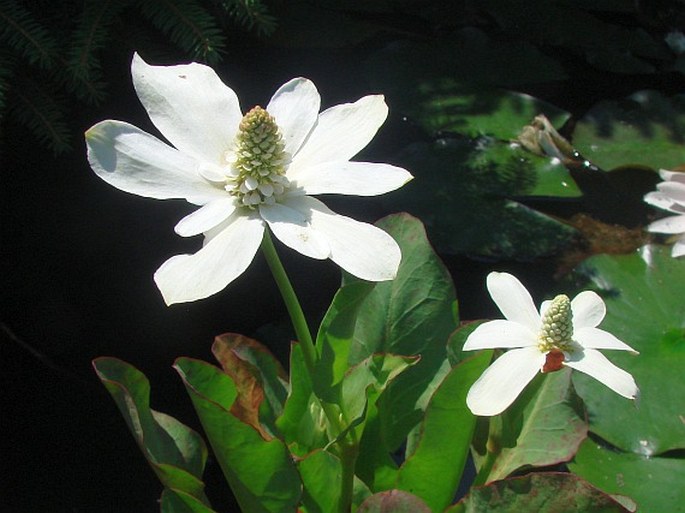
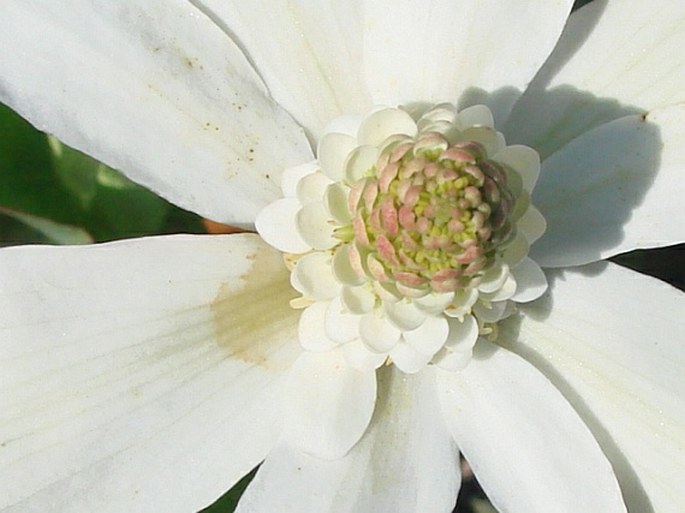
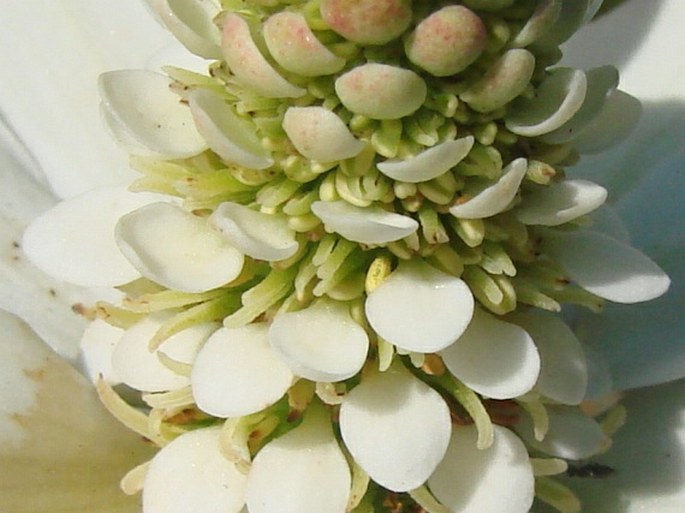
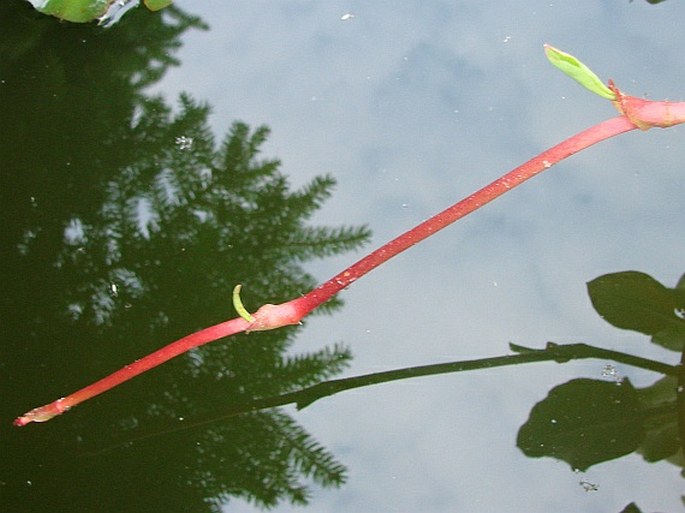
These images were taken in Czechia, Bohemia, garden (July 2015).


